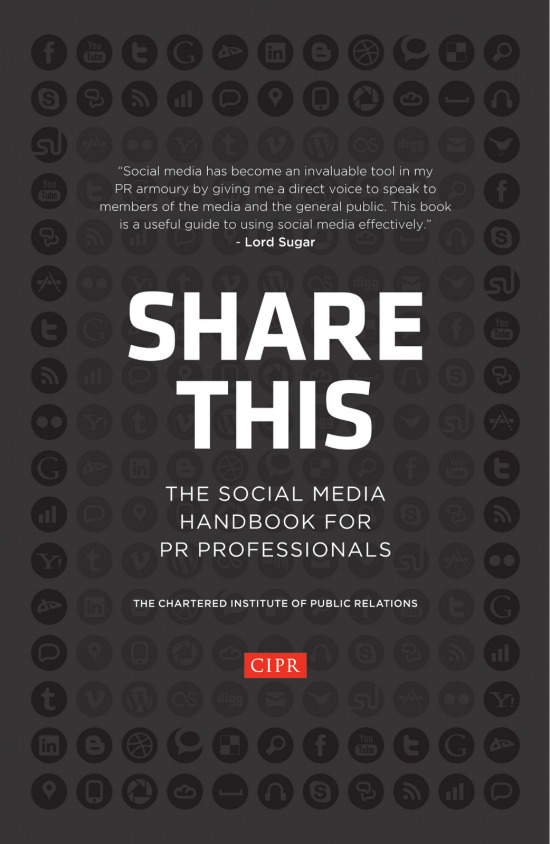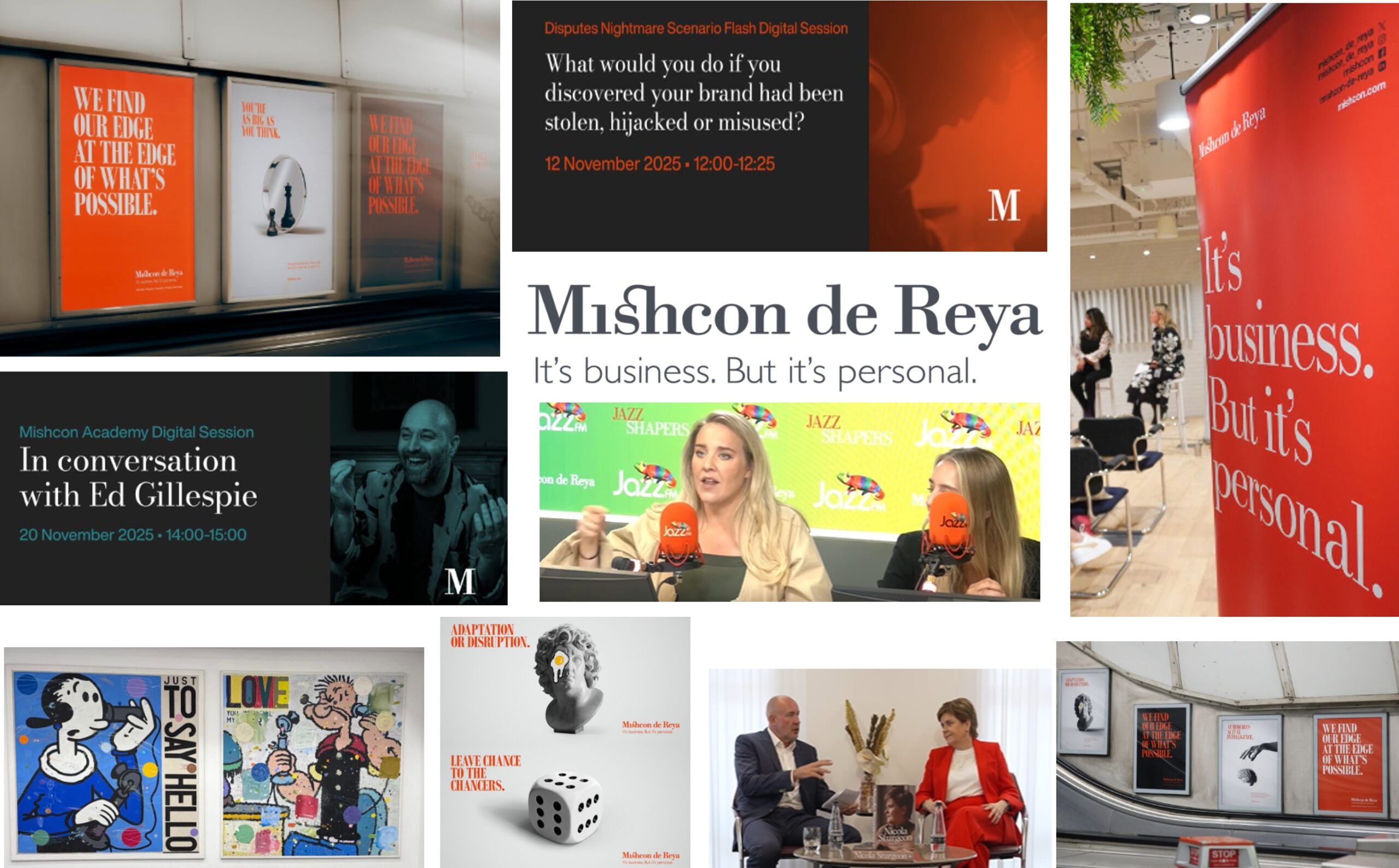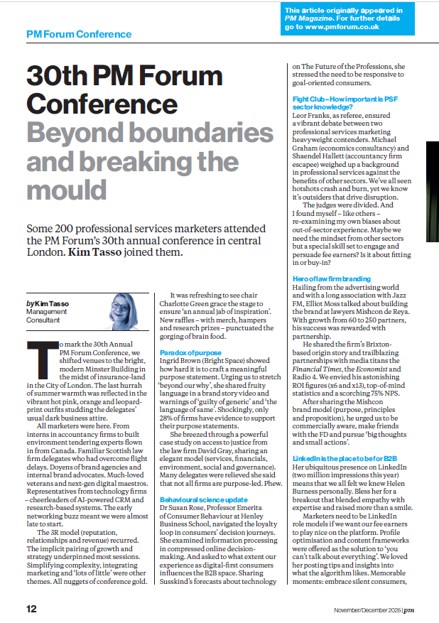
A book by Chartered Institute of Public Relations. I’ve just completed a review (for Professional Marketing magazine) of this 240 page, 26 chapters (organised into eight parts) book which is written by over 20 PR experts and academics and developed from a series of summer workshops run by CIPR’s Social Media Panel. Book Review – “Share this – the social media handbook for PR professionals”
1. Changing media, changing PR
It’s an excellent introduction to those who are not very familiar with social media (or PR). There are lots of statistics about social media use and demographics on the major platforms. The concepts of two way communication, interaction and sharing are explored. There are examples of various types of online communities – including those outside the UK.
2. Planning
After a brief review of Econsultancy’s “State of Social Media” report and a look at Chris Lake’s micro-measures, there’s helpful advice on integrating traditional and social media and creating social media guidelines (“creating freedom within a framework”) to kick start your social media strategy . I particularly liked the chapter on open communication and its exploration of psychology, ethics and etiquette.
3. Networks
The main platforms (Facebook, Twitter, LinkedIn, Google+ and blogging) are introduced but it also contains excellent facts, insights, practical tips and guidance for even the most experienced digital PR practitioner.
4. Online media relations
The material on social media newsrooms, brands as media, the future of broadcast (stressing the importance of YouTube and WebTV) is excellent. The core values of PR (relevance, authority, engagement and relationship) are translated into the social media space. Pitching using social media and blogger outreach are covered well.
5. Monitoring and measurement
Three chapters explore PR in the context of real time public relations, social media monitoring and measurement. It was good to see the AMEC’s (International Association for the Measurement and Evaluation of Communication) Barcelona principles.
6. Skills
Whilst the book advocates the need for “The Y shaped PR professional – breadth and depth across three broad areas of expertise: storytelling, content and technology platforms” it also warns that for PR: “Jack of all trades but master of none will have limited value in the future”. I would have liked more information on the future of PR education.
7. Industry change
There’s an interesting chapter on internal communications. It quotes Melcrum’s study on “How to use social media to solve critical internal communication issues” which identified the following benefits:
1. Innovation and idea exchange (41.5%)
2. Employee engagement (38.4%)
3. Knowledge management and collaboration (30.8%)
It also reports on the UK Institute of Employment studies that found that increasing investment in engagement by 10% generated an extra £1500 profit per employee annually. The other chapters on public affairs, public sector and third sector are less likely to be of interest to those in the professions.
8. The future
Sadly, there’s only one chapter here although the subject matter – that of “machined” media and the Internet of things is rather interesting.
There’s a lot to commend the book and I was particularly impressed with the sections on measurement, guidelines, etiquette, social newsrooms and skills. Modern media relations is a radically different world to the one I wrote about in my 2006 book “Property in media relations” (EG Books) with Graham Norwood although it’s good that the core principles of authenticity and engagement have been preserved.
This book review was produced for the forthcoming “Getting to grips with Digital PR course”
Related PR (Public Relations) links:
The Legal PR Guide – Gaining buy-in to law firm media relations
Law firm media relations and integrated campaigns (Kysen)
Writing tips for finding news stories, backstories and explainers
Book review: Influential Internal Communication by Jenni Field
Legal marketing case study – Withy King solicitors research and media
Book review: “Understanding digital marketing” Damian Ryan
Book review “Valuable content marketing” by Jefferson and Tanton
Property marketing case study – Integrated campaign on farmland value
Marketing and BD case studies in legal, accountancy, consultancy
How to write a press release – Kim Tasso
Thought leadership manual by Tim Prizeman
Influencer marketing in professional services
Book review: Everybody writes by Ann Handley – Kim Tasso
Book review: Unleash the power of storytelling by Rob Biesenbach







